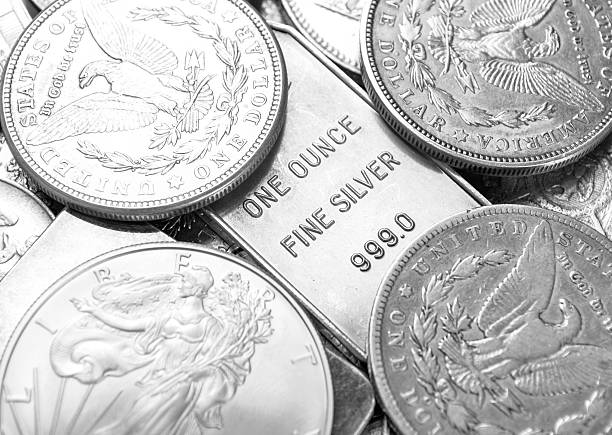Silver remains below $32.50, upside seems possible due to US economic uncertainty

Silver price may rise following Moody’s decision to downgrade the US credit rating by one notch.
The grey metal has faced downward pressure due to improving global risk sentiment, driven by easing US-China trade tensions.
A string of weak US economic indicators has reinforced expectations of further Fed rate cuts later this year.
Silver price (XAG/USD) extends its losses for the second successive session, trading around $32.30 per troy ounce during the Asian hours on Monday. While silver prices have recently faced downward pressure, the downside may be limited due to rising demand for safe-haven assets, spurred by growing concerns over the US economic outlook and fiscal stability.
Moody’s has downgraded the US credit rating by one notch—from Aaa to Aa1—citing surging debt levels and an increasing burden from interest payments. This follows similar downgrades by Fitch Ratings in 2023 and Standard & Poor’s in 2011. Moody’s now projects that US federal debt could climb to approximately 134% of GDP by 2035, up from 98% in 2023. The widening federal deficit—expected to reach nearly 9% of GDP—is attributed to rising debt servicing costs, expanding entitlement expenditures, and declining tax revenues.
Silver has also come under pressure amid improving global risk sentiment. The easing of US-China trade tensions, marked by a preliminary agreement to reduce tariffs—Washington lowering duties on Chinese goods from 145% to 30%, and Beijing reducing tariffs on US imports from 125% to 10%—has bolstered investor confidence. Further optimism has been driven by prospects of a US-Iran nuclear deal and upcoming talks between US President Donald Trump and Russian President Vladimir Putin, aimed at de-escalating tensions in Ukraine.
However, Silver—a non-yielding asset—may regain traction as a series of disappointing US economic data points heighten expectations for further interest rate cuts by the Federal Reserve later this year. Notably, the University of Michigan’s Consumer Sentiment Index fell sharply to 50.8 in May, down from 52.2 in April, marking the lowest level since June 2022 and the fifth consecutive monthly decline. Analysts had anticipated an increase to 53.4, highlighting growing pessimism among consumers.
* The content presented above, whether from a third party or not, is considered as general advice only. This article should not be construed as containing investment advice, investment recommendations, an offer of or solicitation for any transactions in financial instruments.


